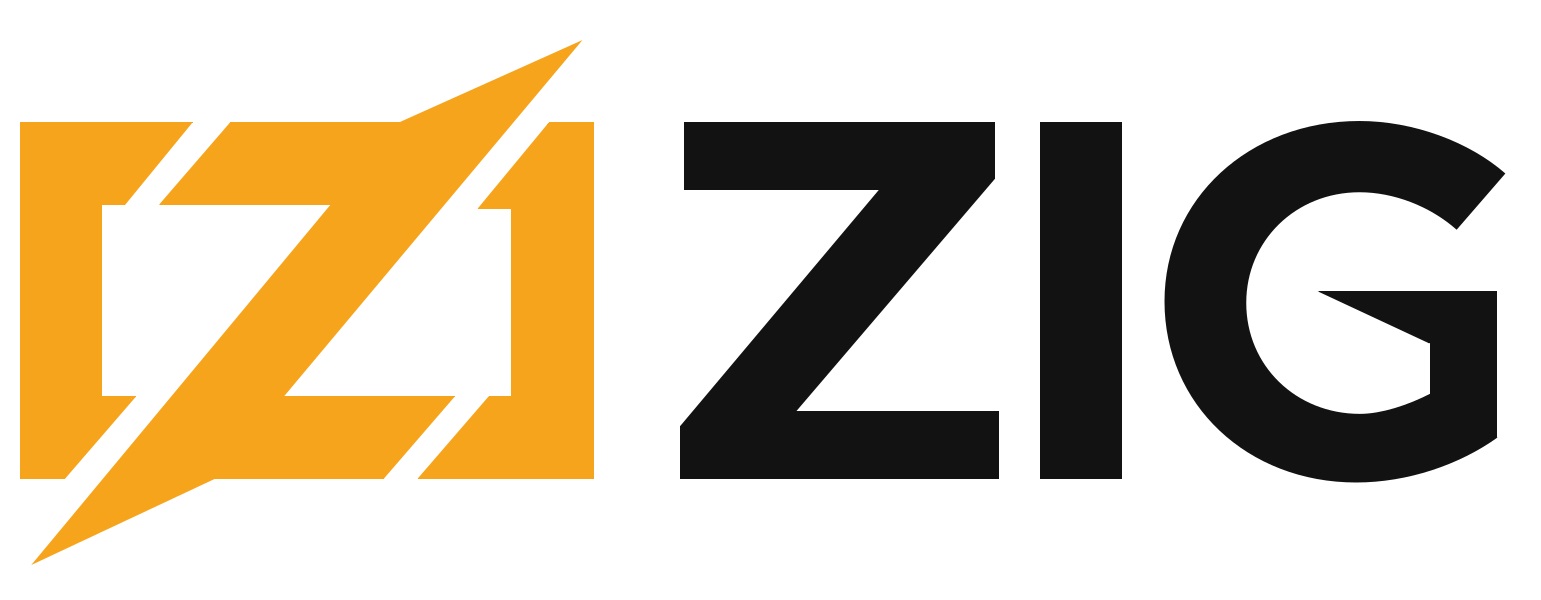
Zig, a fascinating and versatile programming language, has gained significant attention in the tech and sciences community. Its unique features and capabilities make it a powerful tool for various applications, from web development to artificial intelligence. In this article, we will delve into 12 essential facts about Zig, shedding light on its history, key features, and practical applications. Whether you're a seasoned developer or simply curious about the latest trends in programming, this exploration of Zig will provide valuable insights into its potential and impact. So, let's embark on a journey to uncover the intriguing world of Zig and discover why it's capturing the imagination of tech enthusiasts and innovators around the globe.
Key Takeaways:
- Zig is a high-level programming language that focuses on safety, productivity, and low-level control. It integrates seamlessly with C and provides clear error messages, making it a compelling choice for developers.
- With an open-source nature, growing community, and pragmatic design, Zig offers extensive documentation and learning resources. It continues to evolve, making it a powerful option for building efficient and reliable software systems.
Zig is a High-Level Programming Language.
Zig is a high-level programming language with a focus on performance, safety, and simplicity. It was designed to empower developers to build reliable and efficient software systems. The language's syntax is clear and concise, making it an attractive option for a wide range of applications.
Zig Emphasizes Developer Productivity.
One of the key features of Zig is its emphasis on developer productivity. The language is designed to enable developers to write code quickly and efficiently without sacrificing performance or safety. This focus on productivity makes Zig a compelling choice for projects where time-to-market and code quality are paramount.
Zig Offers Low-level Control.
Zig provides developers with low-level control over their code, allowing them to fine-tune performance-critical sections while still benefiting from high-level language features. This unique combination of low-level control and high-level abstractions sets Zig apart from many other programming languages.
Zig Prioritizes Safety and Reliability.
Safety and reliability are core tenets of Zig's design. The language includes features such as comptime, which enables compile-time evaluation of code, as well as built-in error handling mechanisms that contribute to the creation of robust and secure software.
Zig Supports Cross-Compilation.
Zig supports cross-compilation, allowing developers to build software for multiple target platforms from a single codebase. This capability streamlines the development process and facilitates the creation of versatile applications that can run on diverse hardware architectures.
Zig Boasts a Growing Community.
The Zig programming language has garnered a dedicated and growing community of developers who actively contribute to its ecosystem. This vibrant community fosters collaboration, knowledge sharing, and the continuous improvement of the language and its associated tools.
Zig Is Open Source.
Zig is an open-source project, meaning that its source code is freely available for anyone to view, modify, and distribute. This open nature encourages transparency, innovation, and community involvement, fostering a dynamic and inclusive development environment.
Zig Offers Seamless Integration with C.
Zig seamlessly integrates with C, allowing developers to leverage existing C libraries and codebases while benefiting from Zig's modern language features. This interoperability simplifies the process of incorporating Zig into projects and facilitates the reuse of established C components.
Zig Provides Clear and Helpful Error Messages.
Developers appreciate Zig's clear and helpful error messages, which aid in diagnosing issues and accelerating the debugging process. This feature contributes to a more efficient development workflow and reduces the time spent troubleshooting common programming errors.
Zig Promotes a Pragmatic Approach to Language Design.
Zig's pragmatic approach to language design prioritizes practicality, performance, and developer experience. By focusing on real-world use cases and addressing common pain points, Zig aims to provide a language that is both powerful and intuitive for software development.
Zig Is Actively Developed and Evolving.
The Zig language is actively developed and continuously evolving, with regular updates and new features being introduced to enhance its capabilities. This commitment to ongoing improvement underscores Zig's adaptability and responsiveness to the evolving needs of the developer community.
Zig Offers Extensive Documentation and Learning Resources.
Zig provides extensive documentation and learning resources, including tutorials, guides, and a well-maintained official website. These resources support developers in mastering the language and empower them to explore its full potential in their projects.
Zig, a high-level programming language, prioritizes safety, reliability, and developer productivity. With its emphasis on low-level control, seamless integration with C, and clear error messages, Zig offers a compelling option for building efficient and robust software systems. The language's open-source nature, growing community, and pragmatic approach to language design further contribute to its appeal. As Zig continues to evolve and expand its ecosystem, developers can leverage its extensive documentation and learning resources to harness its full capabilities in their projects.
Conclusion
In conclusion, Zig is a fascinating and innovative programming language that offers a unique blend of performance, simplicity, and flexibility. Its focus on optimization and concurrency makes it a compelling choice for a wide range of applications, from system programming to web development. With its clean syntax and powerful features, Zig is poised to make a significant impact in the world of software development. As more developers discover the benefits of Zig, it's likely to gain even greater traction and become an integral part of the programming landscape.
FAQs
What makes Zig different from other programming languages?
Zig stands out for its emphasis on safety, performance, and simplicity. It provides low-level control without sacrificing high-level expressiveness, making it a versatile language for a variety of use cases.
Is Zig suitable for beginners?
While Zig's focus on low-level programming may present a learning curve for beginners, its clear and concise syntax, along with its emphasis on safety, makes it an intriguing language for those looking to delve into systems programming and gain a deeper understanding of computer architecture.
Zig's captivating history and impact on technology merely scratch the surface of this programming language's potential. For those curious about Zig's namesakes in popular culture, our articles on Zig Zig and Sharko and Zig Zigby offer entertaining insights. Nature enthusiasts might find themselves drawn to the peculiar world of ZigZag Cactus and its mind-boggling characteristics. Each topic provides a unique perspective on the diverse applications of the term "Zig," inviting readers to explore further and satisfy their curiosity.
Was this page helpful?
Our commitment to delivering trustworthy and engaging content is at the heart of what we do. Each fact on our site is contributed by real users like you, bringing a wealth of diverse insights and information. To ensure the highest standards of accuracy and reliability, our dedicated editors meticulously review each submission. This process guarantees that the facts we share are not only fascinating but also credible. Trust in our commitment to quality and authenticity as you explore and learn with us.


